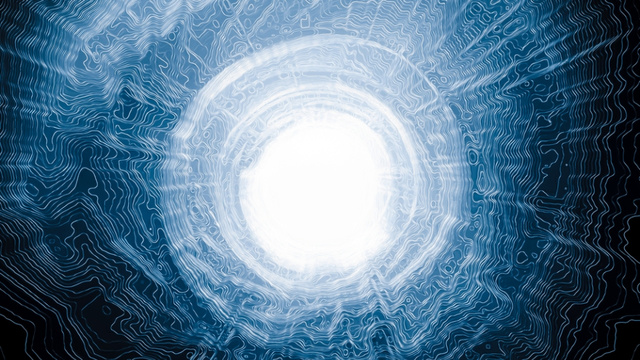 “Remember that Higgs-like particle that scientists finally managed to pin down last year at the Large Hadron Collider? Well, it’s proving to be a harbinger of bad news. According to Joseph Lykken, a theoretical physicist at the Fermi National Accelerator Laboratory, the mass of the Higgs boson indicates that ‘the universe we live in is inherently unstable, and at some point billions of years from now it’s all going to get wiped out.'”
“Remember that Higgs-like particle that scientists finally managed to pin down last year at the Large Hadron Collider? Well, it’s proving to be a harbinger of bad news. According to Joseph Lykken, a theoretical physicist at the Fermi National Accelerator Laboratory, the mass of the Higgs boson indicates that ‘the universe we live in is inherently unstable, and at some point billions of years from now it’s all going to get wiped out.'”
Atoms or systems into ruin hurl’d, And now a bubble burst, and now a world. And if the asteroids don’t get us, there’s always the chance that an alternate universe might pop and destroy everything, a la Richard Grant in How to Get Ahead in Advertising. “The problem, says Lykken, is the potential for vacuum instability — a phenomenon that could spawn an all-consuming alternate universe within our own.”
Not as pressing as asteroids, however — this event, if current calculations hold up, is most likely to happen round the End of the Universe anyway, so be sure to get a table by the window.


